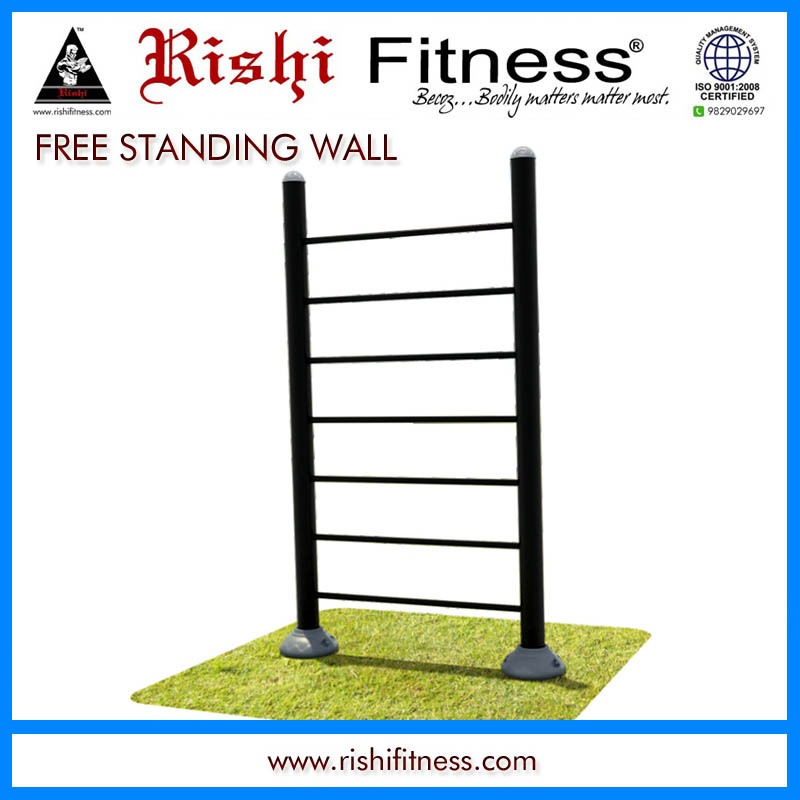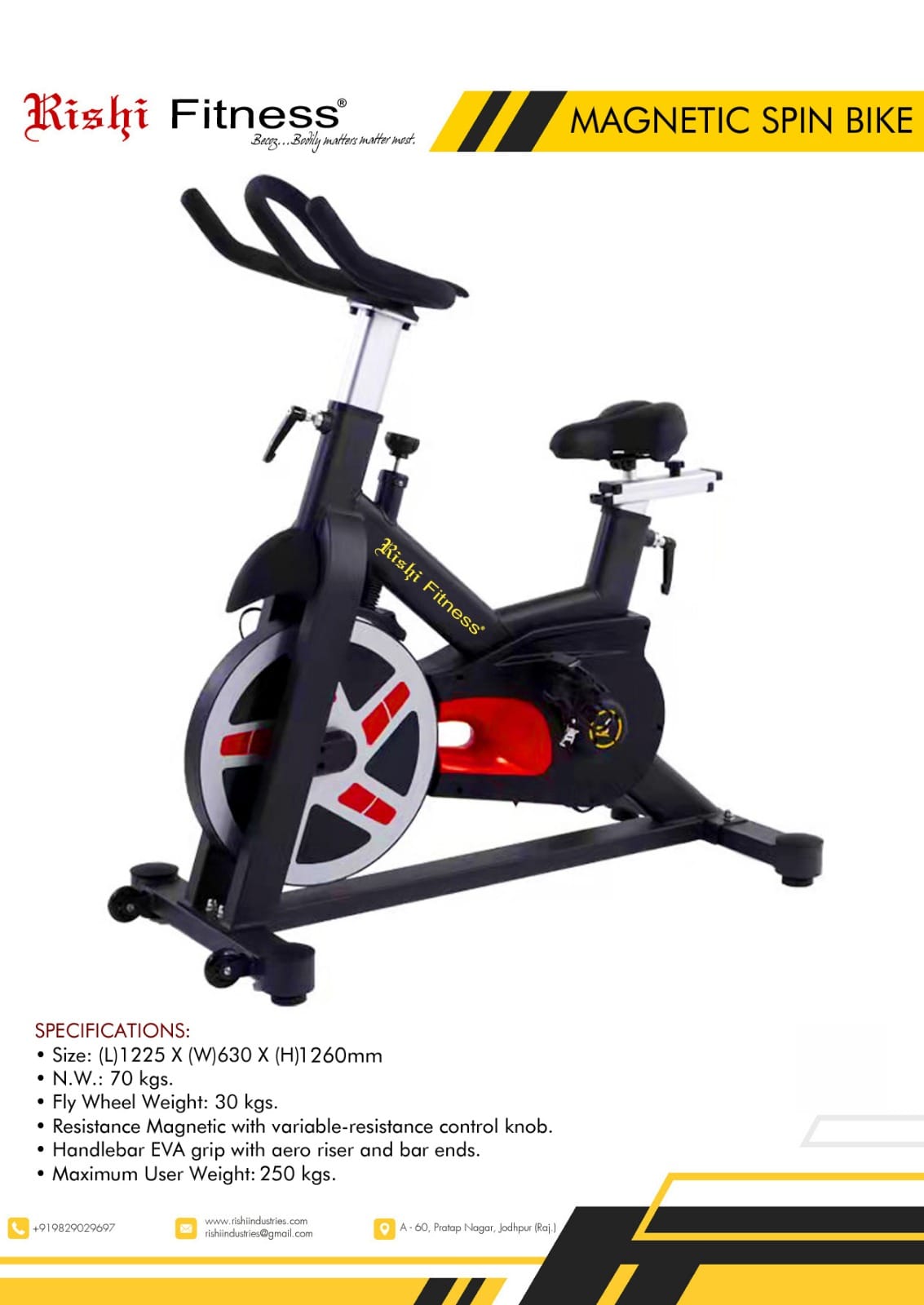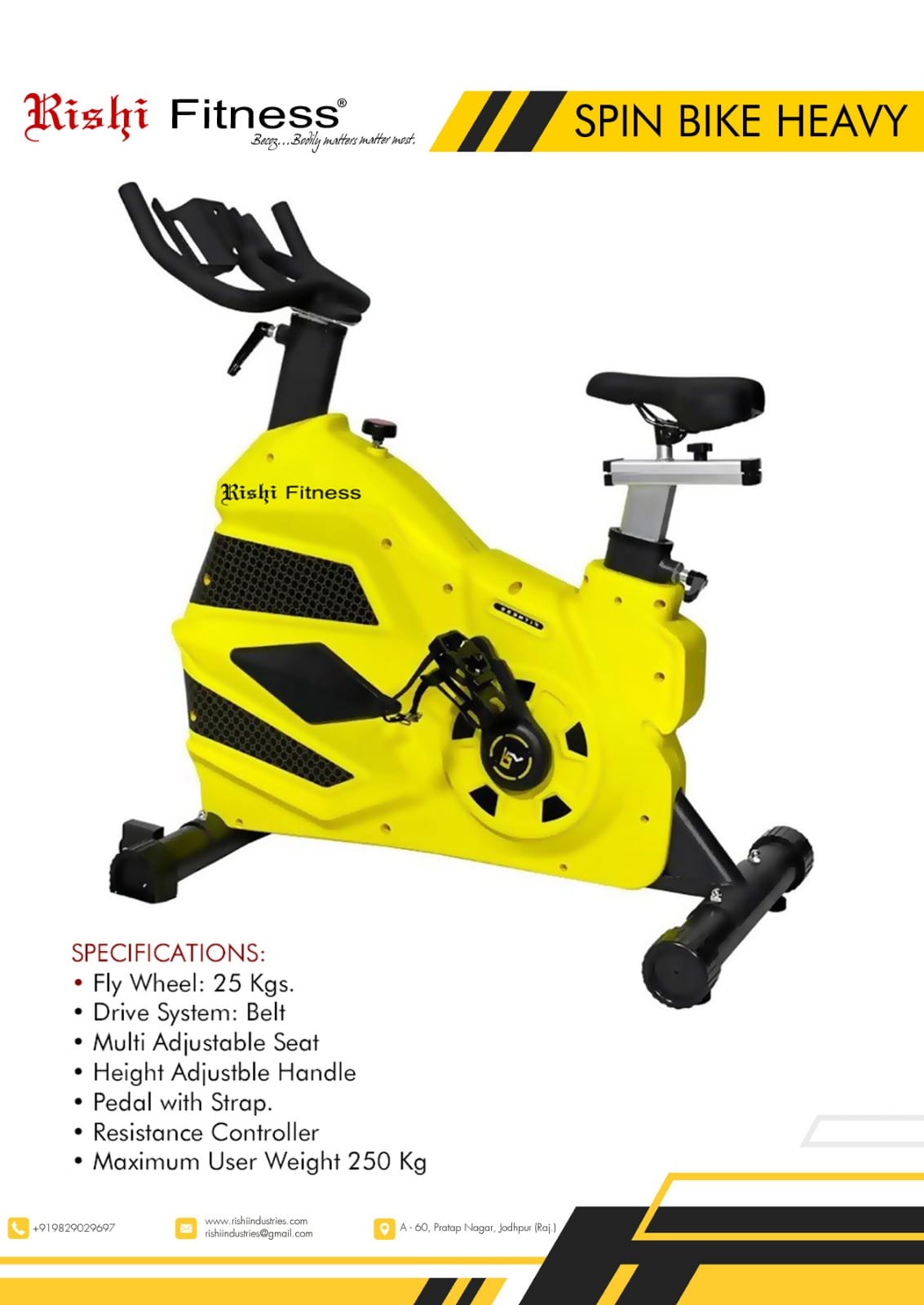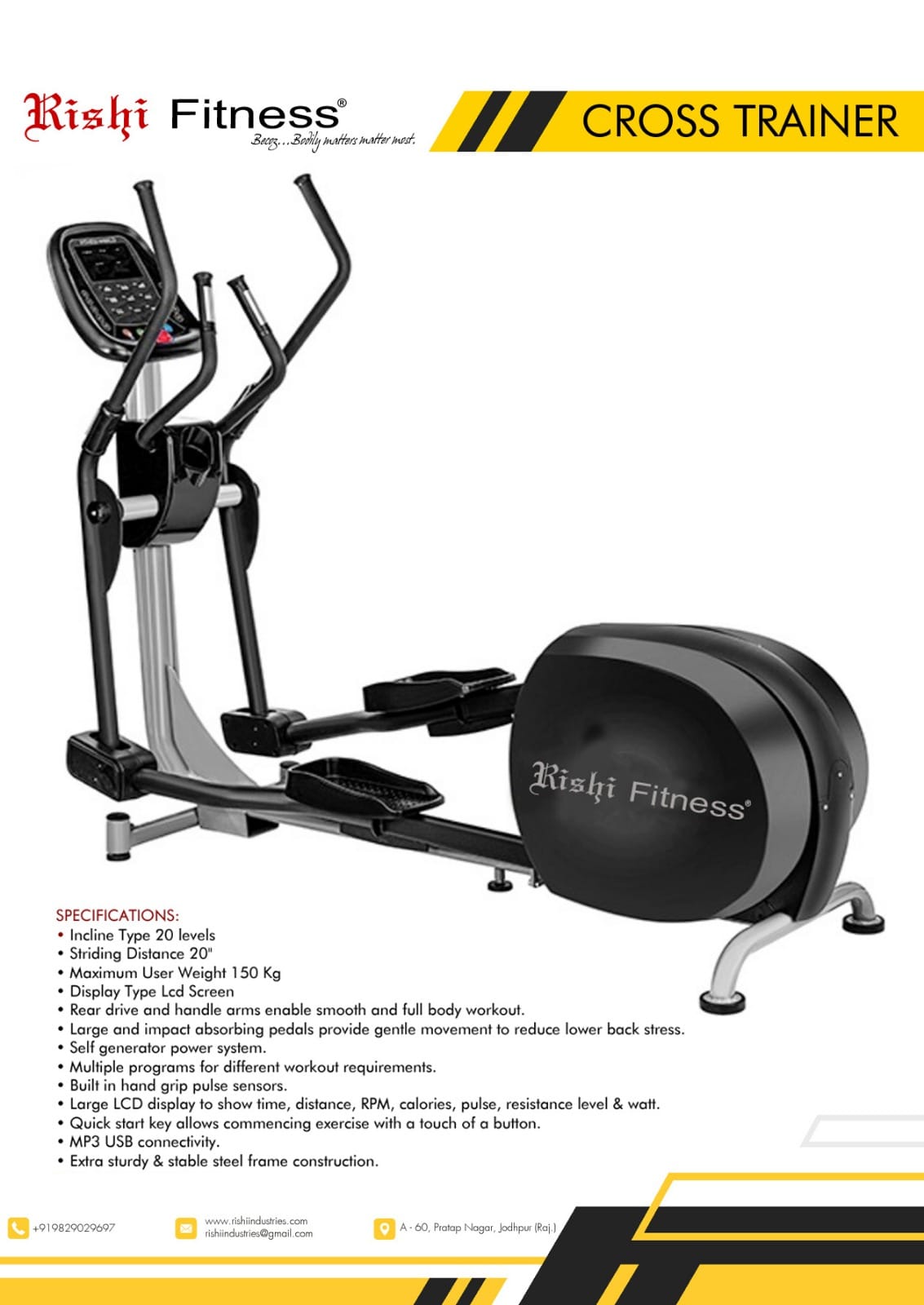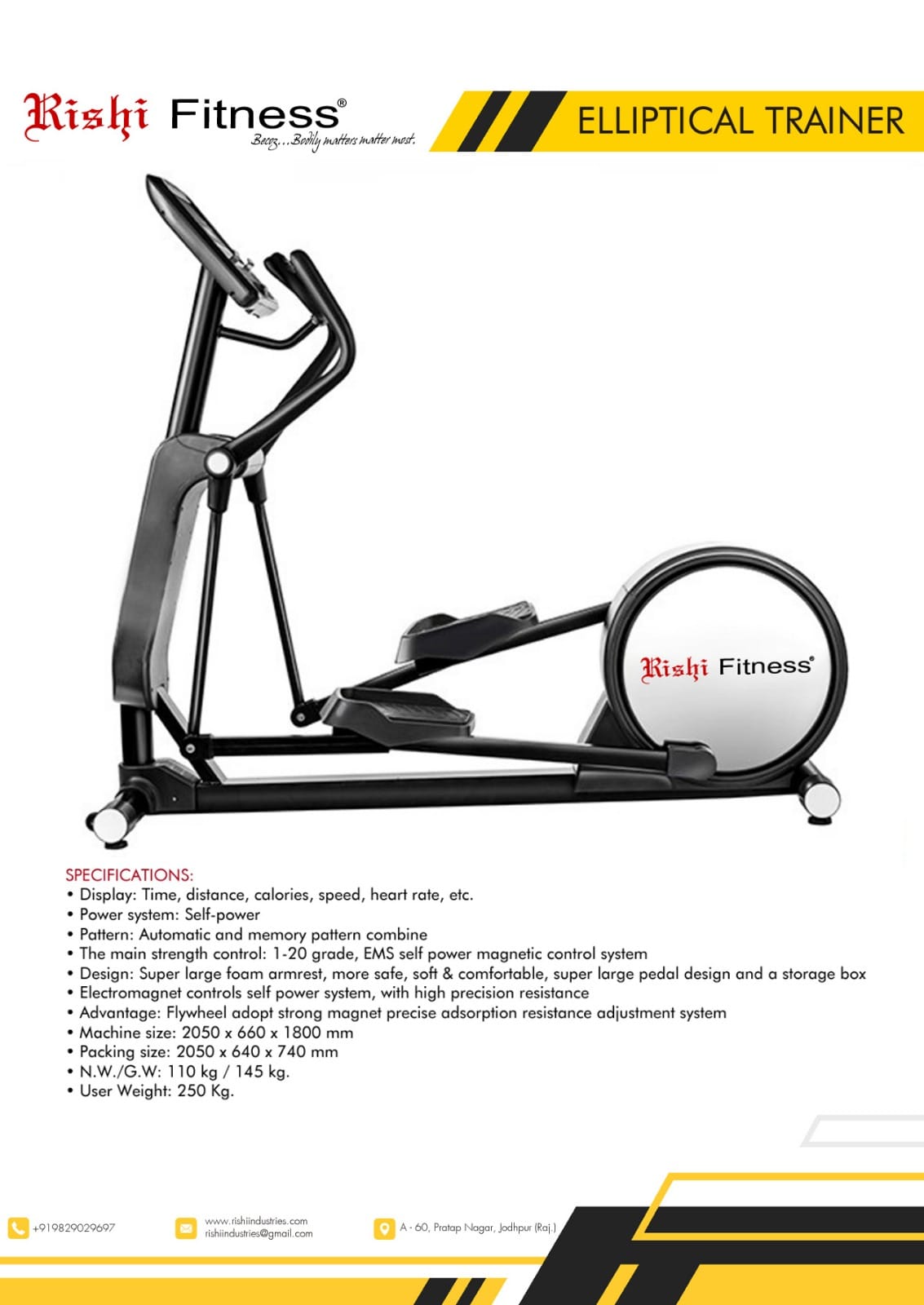Description
Product details
A Free Standing Wall in the context of fitness equipment typically refers to a piece of gym or exercise equipment that resembles a wall or vertical structure but does not require mounting or being fixed to a surface. It stands on its own, allowing for a variety of exercises, stretches, and bodyweight movements. These types of free-standing structures are versatile, can be used in different fitness settings, and are ideal for users who want a stable but flexible workout setup without the need for wall attachments. Key Features of a Free Standing Wall: Independent Structure: Unlike traditional wall bars or equipment that require mounting on a wall, a free-standing wall is self-supported, making it easy to move and place wherever needed. It typically has a stable base or frame that ensures balance during exercises. Versatility: A free-standing wall can be used for a variety of exercises such as pull-ups, leg raises, dips, stretching, exercises involving resistance bands, or bodyweight exercises. It may offer adjustable features like horizontal bars or grips. Compact and Space-Saving: Since it doesn’t need to be mounted to a wall, it’s often designed to be compact and portable. This makes it an excellent option for smaller gyms, home workouts, or outdoor exercise areas. Durable Materials: Free-standing walls are typically made from metal, steel, or heavy-duty plastic, with padded components where needed. The construction is designed for safety and stability during use. Adjustable Features: Some free-standing wall systems may include adjustable bars, horizontal platforms, or hooks, allowing users to customize the setup for different exercises or users with varying skill levels. Common Exercises on a Free Standing Wall: Pull-Ups: A free-standing wall can have a horizontal bar designed for pull-ups. This works the back, biceps, and shoulders. Dips: If the structure has parallel bars, users can perform dips, which target the triceps, chest, and shoulders. Leg Raises: By holding onto the free-standing structure, users can perform leg raises, which primarily target the abdominals and hip flexors. Stretching: The wall can be used to perform stretches, especially for the upper body or legs, improving flexibility and mobility. Bodyweight Squats: The structure may provide support during squats, particularly for beginners who need assistance with balance. Core Workouts: Users can engage in exercises like Russian twists or oblique crunches while holding onto the structure for stability.Types of Free Standing Walls: Free Standing Wall Bars: These are similar to the gymnastic wall bars but are free-standing rather than wall-mounted. They usually feature vertical or horizontal bars that can be used for exercises such as hanging leg raises, pull-ups, or chin-ups. Free Standing Pull-Up Bars: A free-standing pull-up bar is often a vertical structure with a horizontal bar that can be used for pull-ups, chin-ups, or hanging leg raises. Free Standing Exercise Stations: These might include multiple workout stations, such as parallel bars for dips, hanging stations for pull-ups, and vertical or horizontal bars for bodyweight exercises. Resistance Band Systems: Some free-standing walls come equipped with attachments for resistance bands, allowing users to do various resistance training exercises, including rows, chest presses, and shoulder work. Benefits of Using a Free Standing Wall: No Need for Wall Mounting: One of the main advantages is that you don’t have to worry about mounting the structure to a wall, making it perfect for those who don’t want to drill holes or can't mount equipment due to living in a rented space or an apartment. Portability: Since the structure is free-standing, it can be moved around and repositioned, providing flexibility in how and where you want to train. Space Efficiency: These systems are generally compact, offering a comprehensive range of exercises without taking up much space in your home gym or fitness area. Full Body Workout: A free-standing wall allows for various bodyweight exercises, helping users target multiple muscle groups, including the upper body, core, and lower body. Versatility: The ability to perform a variety of exercises with just one piece of equipment makes the free-standing wall ideal for a complete workout, including strength training, flexibility, and mobility exercises. Great for Beginners and Advanced Users: Depending on the design, a free-standing wall can be used by users of all skill levels. Beginners can start with supported exercises, while advanced users can increase intensity with more challenging exercises. Considerations When Choosing a Free Standing Wall: Stability: Ensure that the free-standing wall is sturdy and stable, especially if you are planning to perform dynamic movements like pull-ups or dips. The base should be weighted or designed in such a way that it won’t tip over during use.


